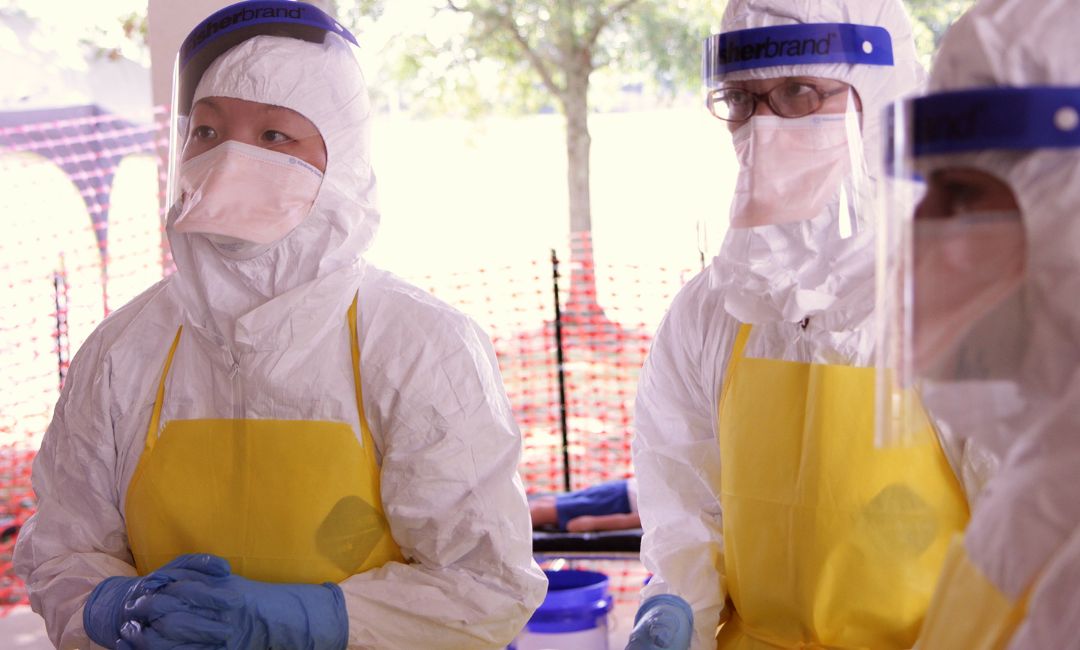What makes a Quality Nursing Home?
The Center for Medicare and Medicaid Services (CMS) rates nursing homes out of five stars. The star rating represents the overall quality based on health inspections, quality measures, and staffing.
Health Inspections
Ratings are given based on data from the last three years of federal surveys, and then star ratings are given based on the ranking of the nursing home within the state. Health inspections are the first consideration when grading the quality of a nursing home and are re-graded each month to include any new survey results.
A 5-star rating is given to the top 10% of nursing homes in each state, 2, 3, and 4-star ratings are given to the next 70% of nursing homes (23.33% each), and 1-star is given to the bottom 20%.
Quality Measures
There are ten quality measures nursing homes are graded one, three acute care measures, and seven long-term measures:
- Pressure Ulcers, acute-care
- Moderate to Severe Pain, acute-care
- Delirium, acute-care
- Moderate to Severe Pain, long-term care
- Urinary Tract Infections, long-term care
- Physical Restraints, long-term care
- High-Risk Pressure Ulcers, long-term care
- Catheter, long-term care
- Mobility Decline, long-term care
- Activities of Daily Living (ADL) Decline, long-term care
ADL and Mobility decline are weighted more heavily than the other care factors as these represent more serious interventions needed.
Star ratings for quality measures are awarded using the same proportion as health inspection ratings.
Staffing Ratings
Staffing ratings are measured by the total number of RN hours per resident per day and the total nurse staffing hours (including RNs, LPNs, and nurse aids) per resident per day. This ensures that the rating represents a holistic nursing team for residents in long-term care facilities.
CMS only awards 5-star ratings on staffing to nursing homes that meet or exceed the latest staffing study thresholds for RNs and total nursing hours per resident per day.
Total Star Rating
The overall quality is not determined by averages of the scores of the previous three measures. Instead, facilities start with a baseline score determined by their health inspection rating.
If the staffing rating is 4 or 5 stars and higher than the health inspection rating, one star is added to the overall quality. If the staffing rating is one star, a star is subtracted from the overall quality.
Quality measures only change the star rating in extreme cases. A 5-star rating adds a star to the overall quality, and a 1-star rating subtracts a star from the overall quality.
There are also star-maximums implemented. For example, a nursing home with a health inspection rating of 1 star cannot have more than a 2-star overall rating. Special focus Facilities cannot have an overall score of over 3 stars.
From these calculations, the final score for nursing homes surveyed by CMS is determined.









